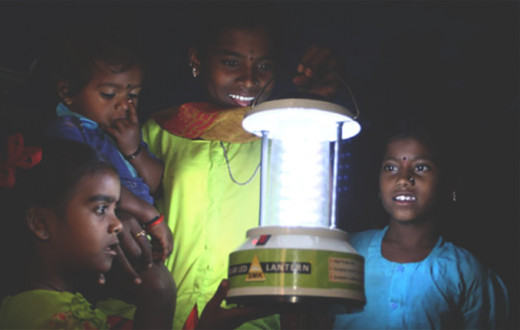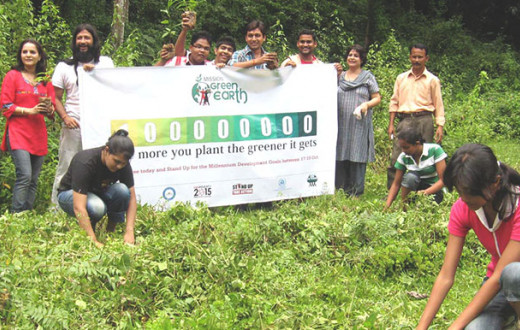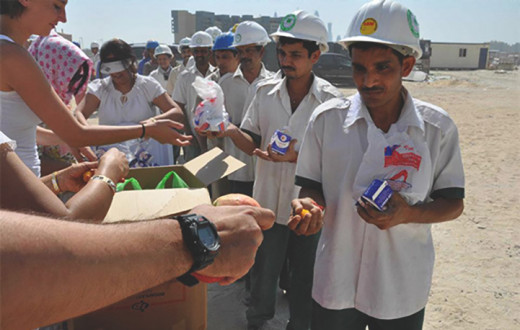Kitchen Gardening
Growing of fruits, vegetables, flowers in the available space around bungalows, galleries of flats, open terraces, windows wherever the sun light gets to plants. Sunlight is essential for the manufacturing of food in the leaves of plants. Soil, water, air and sunlight are required for food manufacturing by the plants. Therefore, select such a place where the above elements will be available.
What to Grow?
Next in line comes choosing the seeds. The best option would be to choose disease resistant varieties. In warmer climate areas, you need to cultivate the soil to a fine tilth and then sow the seeds at the depth. In cooler zones, seeds need to be sown in trays or flats indoors. In case of the latter option, make sure you provide the seeds sufficient overhead light, ensuring satisfactory germination and growth. Before planting the seeds out in the beds, the seedlings need to be hardened off. For this, place them outside for longer periods each day, so that they adapt themselves to the outside temperature. Some vegetables grow all year round, like tomato, eggplant, coriander, chilly, spinach, cluster beans, bhindi (lady's finger), chinese vegetables, etc. Vegetables to be grown in cool climate are - cabbage, cauliflower, fenugreek, radish, green peas, cowpea, carrot, bottle gourd, ridge gourd, bitter gourd, etc.
Plants can be grown without soil
Collect the organic matter like, leaves of the trees, kitchen waste, dried organic matter, etc. and put in the container. Water it sufficiently. Then put the seeds or seedling in the container. Daily such organic matter should be added in the container.
Steps for Growing Vegetables
The first step would be to dig the garden area to a depth of about 8-10 inches. However, make sure that you do not start the digging process, when the soil is too wet. To check whether the soil is too wet or not, you need to squeeze together a handful of it. If it sticks together in a ball and does not crumble under slight pressure by the thumb and finger, it is too wet.







